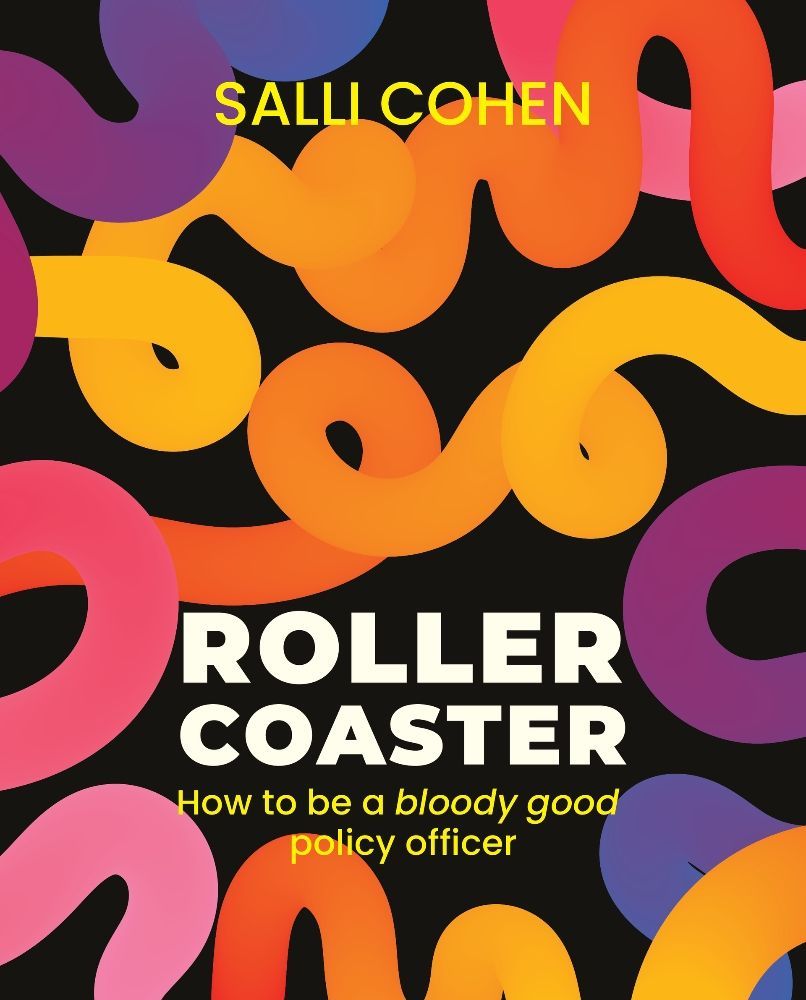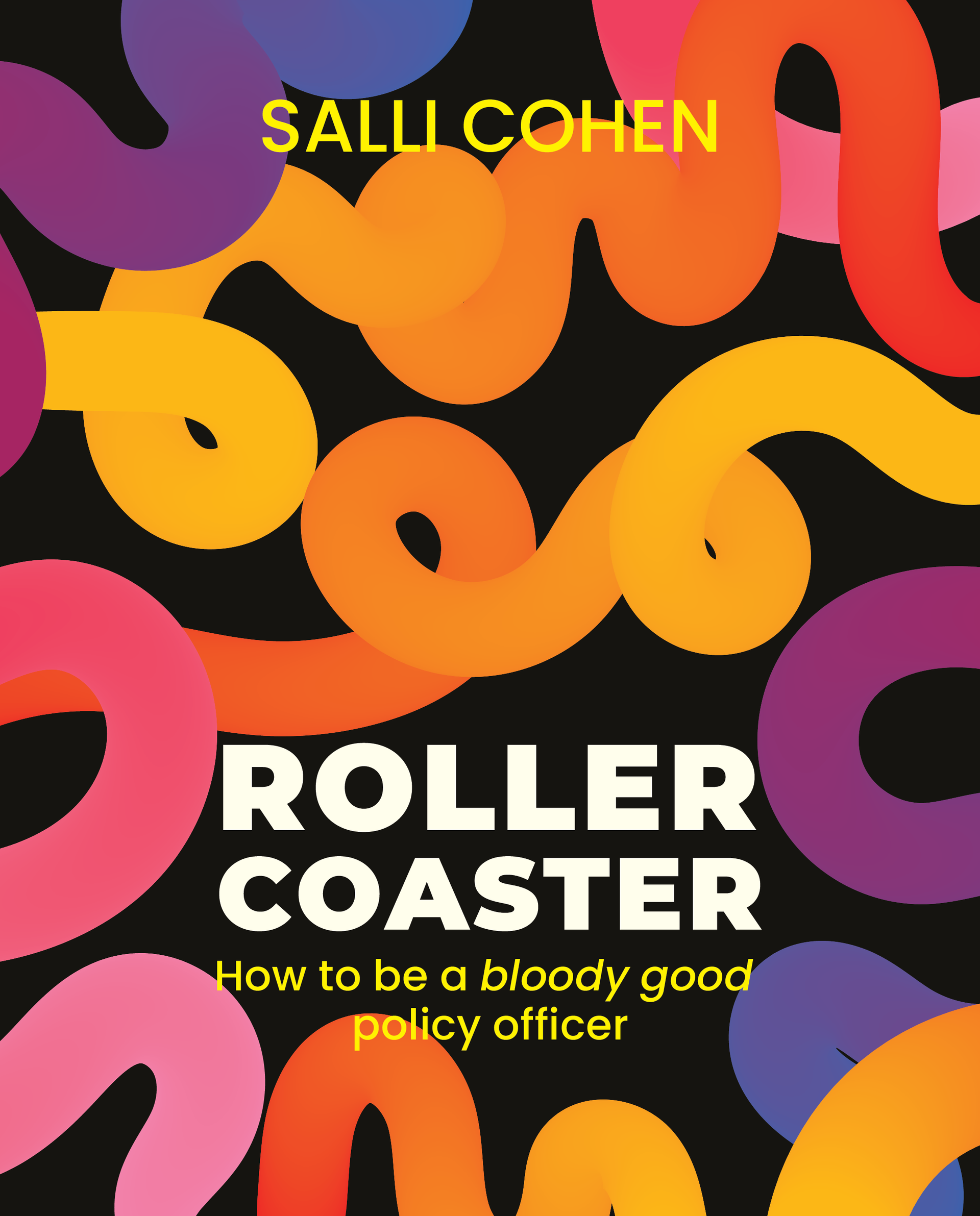Avoiding Common Pitfalls: The Top 5 Mistakes Made by Policy Officers
Policy done well has the potential to change our lives and the world we live in. Policy done poorly is wasteful, costly and can be incredibly damaging. It’s more than just words on a page; it’s a craft. And it has real impacts on real people and on the things that matter to us.
Think the Voice, the ability for mining exploration to be approved on rural properties, expectations for local governments to have an active part in climate action, fracking, offshore detention, schools denying children an education because of their chosen identity, people not having access to all the things many of us take for granted because of where they live or who they are. These are real policies affecting real people every day.
Policy practitioners don’t make final decisions, but we must do everything we can to give those who do, the best policy advice.
01.
True of False - Policy is all about writing:
False! Writing is one of the skills you need to be an effective policy officer but it’s certainly not the only one and if you don’t wrap your head around the four below steps you won’t be able to develop policy that drives valuable change.
02. Make sure you know what the problem is before you start identifying solutions:
If you don’t understand the problem the policy is trying to solve, then you can’t solve it. Generally, there are three ways a need for a public policy is identified. First, a government will respond to a problem that requires fixing. Second, the public will identify a problem that needs fixing and build a loud enough voice for the government to listen and act. And third, your team might identify a policy gap and recommend to your authorising environment (the people who make the policy decisions) a policy is needed. The common thread – there’s a problem that needs fixing. Your job is to make sure you clearly understand what the problem is, and this is often not reflected clearly in a policy announcement. You know, the ones that start with “we will…”? Take the time to pull each policy statement apart so that you can pinpoint the problem – it’s the Goldilocks’ measure – not so big that it’s loose and impossible to measure, let alone implement, not too small that it’s unable to make any real change. It needs to be just right – easy to understand and clear as to why the given problem needs to be fixed.
03.
Identify what good looks like:
Once you have nailed what the problem is you need to turn your attention to consider what ‘tomorrow’ will look like without the problem. You need absolute clarity on this too. First port of call – the authorising environment. How do they envision what good will look like? Have they articulated the policy in a manner that is measurable, i.e., how will the authorising environment demonstrate that they have achieved what they set out to do, what they promised to do? You need to do all the leg work on this and keep checking in with your authorising environment to make sure you are on the right track. You also need to keep checking that the ‘what good looks’ make sense in relation to the problem. The Goldilocks’ measure works here too – make sure the solution is easy to understand and clear as to how it will make a difference and how it can be measured.
04. You need informed, evidence-based policy:
Once you have clarity on the problem (the starting point) and what good looks like (the goal) you have your two policy anchors. It’s now time for the really fun stuff to begin – this is the space between the problem and what good looks like that you need to explore and test with an array of stakeholders. You’re also going to do a whole lot of critical analysis of all the data you gather – quantitative data (statistics, ratios, percentages) and qualitative data (the narrative that explains the quantitative data story). Key to this is lived experience – genuinely listening to those people who have experience of the problem and who will be impacted by the policy is a must do. And with all stakeholders you’re going to ideate, ideate, ideate. Create as many solutions as possible that you can think of – then collectively turn your minds to which ones could work.
Miss this and you risk not getting the policy right and more seriously, creating policy that is going to negatively impact people.
05.
Can you do this? Can they do this? Can it be done?:
No matter how good your final policy looks like it’s not a policy if it can’t be implemented and if it can be measured. This might be number 5 on the list, but you need to start thinking about this right from the beginning – of every single policy you work on. Your stakeholder group must include the people who will be implementing the policy. They will have a deep understanding of what will and won’t work, how potential solutions will impact people, if for example, solutions require skills, technology, or infrastructure that they may or may not have, and they’ll have a good handle on which solutions are likely to be effective and efficient – critical when considering required resources and associated budgets. Remember your two anchors – the problem and what good looks like? You must consider how you will demonstrate the problem has been fixed, and this requires review, monitoring, and evaluation. At every step of the way you need to ask – can we measure this and how will we measure this? Why? Because you, the authorising environment and the people impacted by the policy (and possibly those who aren’t) will rightly want to know.
Conclusion:
Policy impacts and shapes so many parts of our professional and personal lives and it’s important we get it right. It makes sense it is a complex process with many moving parts and many things to consider and analyse.
You will need lots of tools in your policy kit bag of which only one is writing! And remember these four things:
- Clarity – be clear about the problem you are trying to solve.
- Purpose – have a vision for what good looks like for when the problem is solved.
- Informed – build a sound evidence base that demonstrates the solution you identify is the best one to solve the problem and why others won’t be as successful or successful at all.
- Achievable – if the policy can’t be implemented then quite frankly it’s not a policy and if it can’t be measured you and everyone else won’t know if it has been successful.

